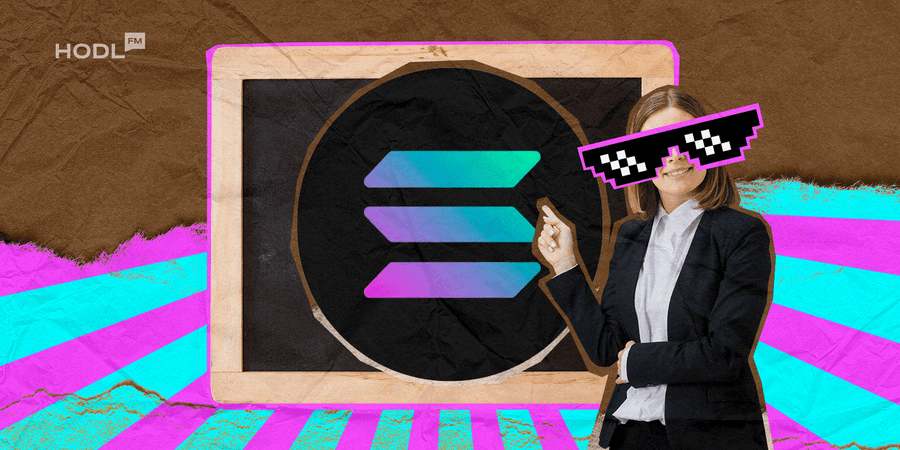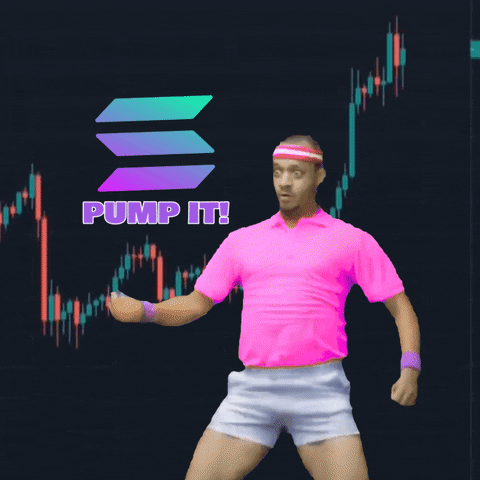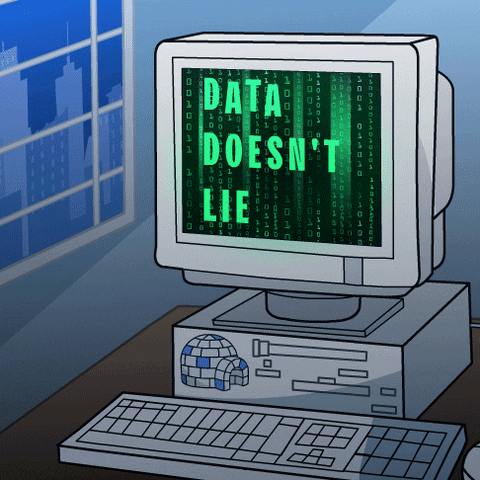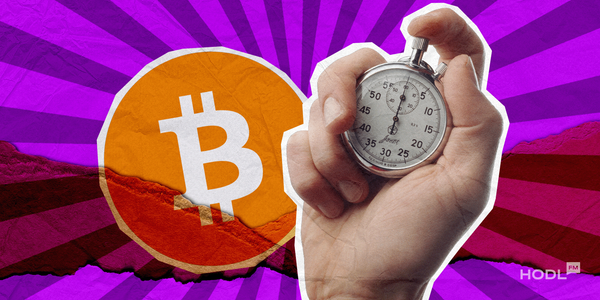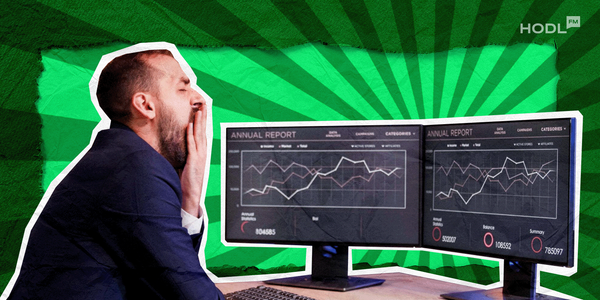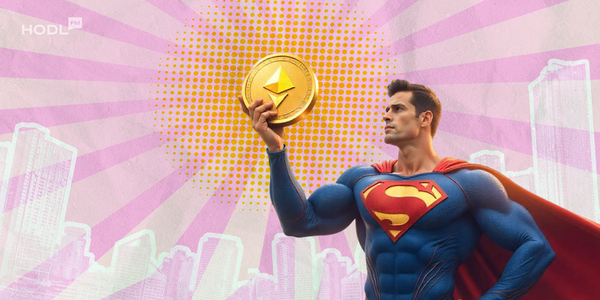Anyone who knows little about crypto might think Solana is just a lovely name for a woman. And maybe there’s a lady named Solana somewhere out there; that’s not our focus today.
The Solana (SOL) we’re discussing is a cryptocurrency mirrored after Ethereum. While it’s modelled after Ethereum, it’s not exactly a copycat. In fact, it was designed to be a better version.
Solana was created by software developer Anatoly Yakovenko. He introduced the platform to the world in 2017 and launched it in March 2020 with his buddy Raj Gokal.
Let’s just say Solana has come a long way from 2020 to become the 11th largest coin, at least by total market capitalization. But let’s not skip too far ahead; let’s take a deep dive into everything about Solana.
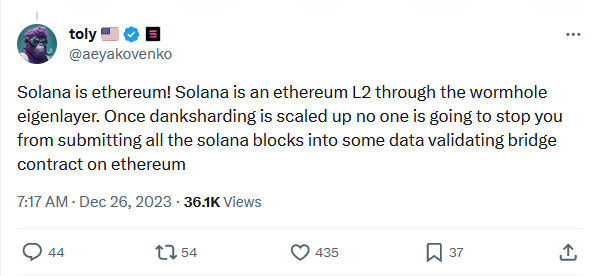
Overview
Solana was designed to be the “Ethereum Killer.” Why? It was designed similarly to Ethereum, and it promised better features than Ethereum. However, as of today, both crypto platforms still stand strong, and their coins can be purchased on major crypto exchange platforms.
Most other cryptocurrencies, such as Bitcoin, use a proof-of-work consensus model to determine the blocks on their chain. The system relies heavily on miners to validate transactions and determine the next blocks. But why follow everyone else? Unlike other blockchain platforms, the Solana blockchain uses a proof-of-history consensus mechanism. This unique consensus method uses timestamps to determine the next block in the Solana chain.
History Of Solana
Solana, as we know it today, first opened to the public in March 2020. Its first block was created on March 16, 2020. Solana was created to support two things basically;
- Smart contracts
- Decentralized Apps (dApps)
Solana’s biggest token single sale came in 2021, when it sold $314 million worth of its coin (SOL) to Andreessen Horowitz and Polychain Capital.
The value of Solana has fluctuated greatly since the token started, rising and falling like any other cryptocurrency. In 2021, its market cap passed the $63 billion mark and reached $259.6 in token valuation.
Key Features
Faster and more efficient
The top blockchains are known for being slow. Bitcoin may be the king of crypto, but certainly not when it comes to speed. Bitcoin runs at a meager 7 transactions per second. Ethereum is a bit faster but can only manage 30 TPS.
Solana, on the other hand, is incredibly fast. It is known to be just as fast as VISA and MasterCard and can even run apps in real-time.
To put this speed into perspective, Solana can add a block every 400 milliseconds and process 65,00 transactions every minute.
High Scalability
Solana could also be taking the cake for scalability because it’s built to be highly scalable. Again, Solana beats the top first generation coins to be one of the best blockchains in terms of scalability. Solana comes packed with the power to handle enterprise-level applications no matter how high traffic network volumes are while running the entire process as smoothly as butter.
This scalability of its ecosystem architecture gives the platform a high throughput, keeps transaction costs low, and ensures that users get a fantastic experience no matter how much processing is going on.
Cheaper Transaction Fee
For many people in the crypto space, transaction or gas fees are a headache. You’re basically paying money to get money, and for many platforms, that money is usually on the high side.
Ethereum is notorious for high gas fees, which are sometimes higher than the transaction itself. The average transaction fee on Ethereum is 50 USD. However, you can count on Solana, which has lower transaction costs. The average gas fee on Solana is just 0.0015 USD. That’s not even up to a penny! No wonder its user adoption is high because of the low transaction cost.
Lower Bar Of Entry For Validators
Regarding blockchains with a lower bar of entry Solana is right up there. It’s very easy to become a validator on Solana. All it takes is to stake a nominal amount of the SOL token and a simple fee. For comparison, let’s use Ethereum as the scapegoat once again. Ethereum requires you to lock in 32 Ether, which is roughly $120,000.
Interoperability
Solana can’t do everything, but it sure can do a lot. Its unique layered architecture with a tower consensus mechanism makes it interoperable with many applications and blockchains for managing and trading digital assets.. This high throughput is a major selling point, such that it even pushes the token price upwards from time to time.
Solana Use Cases
If there’s one thing Solana has plenty of, it’s use cases. From DeFi to NFTs, Solana can be used for almost everything related to blockchain. Here are some of Solana’s best cases.
DeFi
Decentralized Finance, or DeFi, as finance bros call it, is the new wave of financial institutions. Think of it as Web3 for finance. DeFi platforms provide all the services a regular bank does and more, except there are no banks, or at least not conventional ones. DeFi services include exchange platforms, digital wallets, smart contract systems, and decentralized cryptocurrency exchanges (DEXs).
Solana allows all these services on its platforms and even has a couple of DEXs based on its blockchain, including Orca and Serum. It also hosts stablecoins and it’s very own coin, SOL, which is basically the soul of the Solana platform.
Lending Protocols
Need a quick crypto loan? Solana has also integrated a lending protocol into its systems. Users can now deposit and lend their cryptocurrency on the Solana Blockchain. It has a reward system of interest on deposits or configured automatic repayments.
Two of Solana’s popular lending protocols include Apricot Finance and Solend.
NFT apps and marketplaces
Non-fungible tokens, or NFTs, are a big part of many major blockchain platforms, and Solana also got in on the action. Many NFT applications have been created and powered by the Solana Blockchain, from apps used for NFT minting and trading to others used for creating NFT stores and game/app integration. Solana also hosts NFT marketplaces like Metaplex and Solanart.
Games
Since Play to Earn games became a big thing, blockchain platforms ate them up, and you can be sure Solana is not an exception. Solana has many Play to Earn games that reward players with cryptocurrency. Whether it’s multiplayer games you want or puzzles, chances are you’ll find them on Solana. Some of Solana’s games include Chainers, Aurory, and Naga Kingdom.
Web3 Apps
Web3 is the internet remodel everyone has been buzzing about. It’s the same internet, only with a really good makeover, but it has many features and inbuilt technologies in the apps built for Web3. Solana already hosts many Web3 apps, and users can now experience Web3 through Solana-based apps like Audius, Squads, and Alchemy.
Advantages Of Solana
Whether you’re a developer trying to build an app or service on the Solana Blockchain or a trader looking for a good blockchain platform for your trading, this list might convince you to pick Solana.
- Low Fees
We’ve mentioned Solana’s low fees before, but if something is really good, why not emphasize it?
Solana gas fees across the network are not up to a penny; they are nearly zero. But what’s even better is that Solana is launching a new fee structure where fees will be localized to the activity carried out on the blockchain.
- Proof of History
You’ve heard of the Proof of Stake (PoS) and Proof of Work (PoW), but probably not the Proof of History (PoH) consensus mechanism. Solana uses a unique Proof of History consensus mechanism, which is widely considered reliable for recording blockchain transactions. It works by solving the agreement on time first; this is the secret behind Solana’s amazing speed.
- Programmability
Solana is highly programmable. The network has a degree of flexibility no other blockchain has. This allows many DApps made on the platform to interact seamlessly with other already existing protocols on the blockchain.
- Popular Programming Languages
Programming on Solana does not require you to learn any difficult languages. You just need basic English, C, C++, and Rust. Developers with knowledge of these languages can work on Solana without learning any unique language.
- Tokenization
Solana allows users to tokenize any item of their choice, or at least any item that can be made into a digital format. Tokenization, in its simplest sense, is a digital certificate of ownership for an asset, so from gold to real estate, Solana can be used to tokenize almost anything, maybe even your precious Lego set.
- Eco-Friendly
Did you think we wouldn’t talk about the environment? Of course, we would. Solana is known to be great friends with the environment. Solana achieved carbon-neutral status in 2021 and has maintained this status ever since. For this reason, it is unique among other blockchains.
Disadvantages of Solana
Solana is great, but ‘perfection’ is something no blockchain platform has achieved, not even Solana. Here are some disadvantages of Solana.
- It Is A Relatively New Platform
While Solana has passed startup status, it is still relatively new, at least compared to other top blockchains. Solana started in 2020, Bitcoin in 2009, and Ethereum in 2015. Of course, Solana is still very successful, but you can’t beat the reliability older blockchains offer.
- It Has Experienced Downtime Many Times
Take nothing away from Solana—it is extremely fast and has low gas fees—but it just has one big flaw that bugs many users–bugs. Yes, Solana has experienced many bugs that have shut down the blockchain many times. The most recent downtime was caused by Solana’s developers slowing down the hackers who compromised the blockchain.
- Concerns Around Decentralization
Due to its low bar of entry, Solana has a high number of validators, which should naturally mean high decentralization. However, there have been concerns that most of its validator nodes are highly concentrated in key data centers, which defeats the entire purpose of decentralization. A concentration of validators gives a sense of centralization because only a few organizations would acquire majority voting rights.
The Solana Community
All the disadvantages aside, Solana has a vibrant community that loves everything the platform stands for. The Solana community (online forums and chat platforms) is buzzing, and let’s not even talk about the social media followers.
Solana loves its community just as much as its members do. The platform has organized many educational initiatives, conferences, and summits to educate its community members and newbies about the Solana ecosystem.
One impressive thing about Solana is that the platform keeps striving for development, both for its ecosystem and the blockchain community. Solana has partnered with many big players in the tech space, especially FinTech. Solana has partnerships with many other platforms, like Google Cloud, Stripe, and Circle.
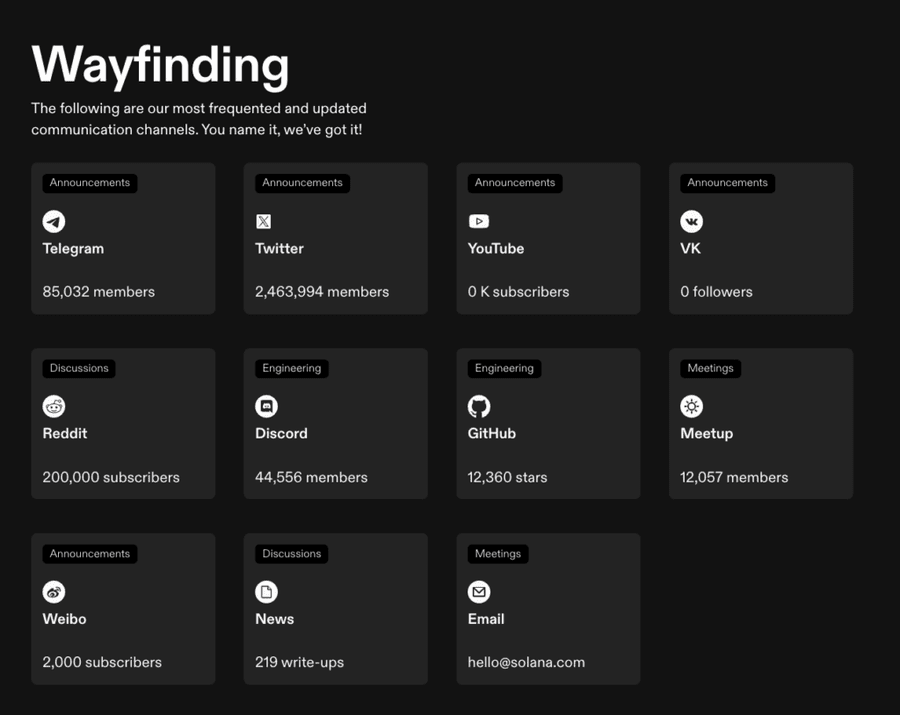
The whole aim of DeFi and blockchain platforms like Solana is to transition finance and banking into DeFi. It is one of the DeFi platforms that has taken steps to bridge the gaps between TradFi and DeFi and make the transition faster by establishing many institutional partnerships with many TradFi companies.
But Solana’s biggest appeal is its commitment to an environment-friendly blockchain ecosystem. It’s the Leonardo DiCaprio of blockchain platforms, and just like everybody loves Leo and all his good work, the Solana developer community is proud of the platform’s efforts.
Conclusion
Solana is one of the best blockchain platforms out there. It’s fast, highly scalable, eco-friendly, cheap, and has many use cases. What more could anyone want?
More Info:
- Solana Vs. Ethereum: Choose Your Fighter
- Solana’s Struggles: Demand Surges and Network Overload
- Advantages of Cryptocurrency in 2024
Of course, it also has its own low points, especially the many downtimes, but as we already mentioned, it’s a relatively new platform, and there’s still room for growth and improvement. However, with all the features we’ve seen from it, it’s safe to say Solana will only get better.
Disclaimer: All materials on this site are for informational purposes only. None of the material should be interpreted as investment advice. Please note that despite the nature of much of the material created and hosted on this website, HODL FM is not a financial reference resource and the opinions of authors and other contributors are their own and should not be taken as financial advice. If you require advice of this sort, HODL FM strongly recommends contacting a qualified industry professional.
